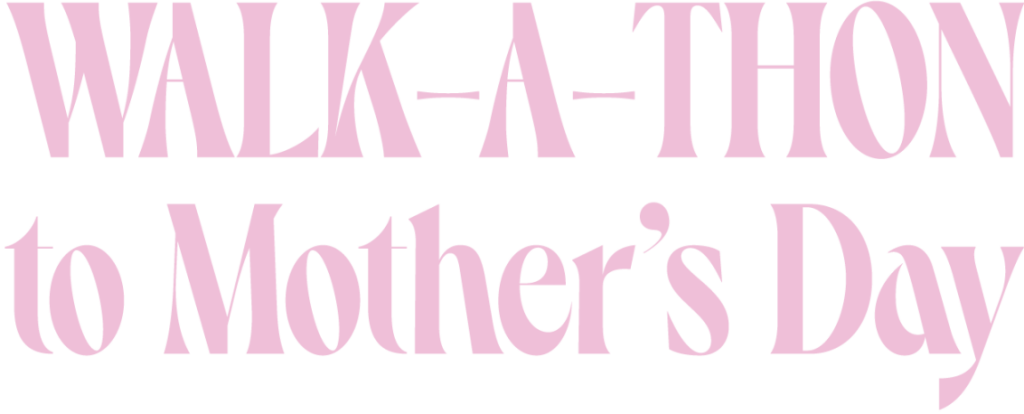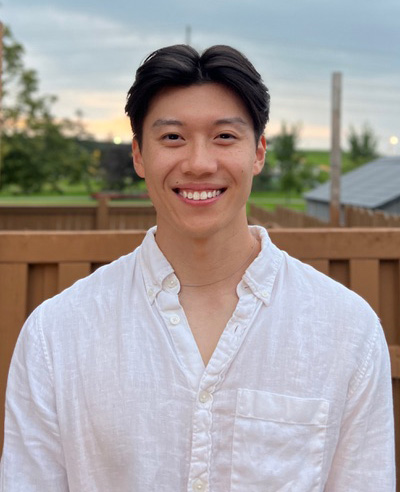1. Welcome back to the TBCRU, can you remind our readers who are you and tell us a little bit about yourself.
Thank you very much! My name is Nathan Orlando. I’m a third-year Ph.D. student in the Department of Medical Biophysics at Western University, working under the supervision of Dr. Aaron Fenster. Before starting my graduate studies at Western University, I completed a Bachelor of Science with Honours in Physics at the University of Alberta.
2. As a senior researcher, why is the TBCRU Studentship Award important to you, how does it allow you to advance your research?
As a senior researcher, the TBCRU Studentship Award is incredibly important. The TBCRU award offsets any extra costs, so I don’t need to perform additional duties that take away from my research. This means I can focus all my efforts and attention on my research, allowing me to take these projects even further!
3. In a few lines, can you remind us what you are doing and what problems you hope to solve with your research?
My research focuses on developing a guidance system for permanent breast seed implantation, an alternative form of radiation therapy where radioactive “seeds” are implanted directly into the breast to reduce treatment time to a single session. Breast-conserving therapy, the standard of care for early-stage breast cancer, involves surgery followed by lengthy radiation. This therapy may cause some patients, especially those in rural settings or with long travel times, to choose mastectomy or even forgo radiation entirely. By developing a 3D ultrasound guidance system, we hope to improve this treatment for widespread use, bettering outcomes for these patients.
4. Since we last spoke, have there been any changes to or any advancements in your research?
There have been several exciting new developments. Working with BC Cancer Agency – Kelowna, we have developed a new procedure to fuse standard computed tomography images with our new 3D ultrasound images. This is a big step towards integrating our device into the real world. Based on feedback from our collaborators in Kelowna, we have also finished designing a new compact version of our 3D ultrasound guidance system, which will make it easier to use and can be brought into clinics to benefit patients sooner. This device will be built and tested soon.
5. Have you had an opportunity to present your research to your peer researchers? Was it at a national or international meeting or in some other way?
I have had the privilege of presenting my research to peer researchers on several occasions over the past year. This has been at both national and international medical physics and medical imaging conferences, as well as at local conferences here in London.
6. Did that presentation setting help you share your breast cancer research with the broader scientific community?
Absolutely! Presenting to peer researchers and other experts in the scientific community is critical. It is one of my favourite parts of research. In addition to sharing the work we are doing here in London, presentations also allow me to receive feedback and suggestions from fellow researchers and clinicians from around the world, which can be used to improve and accelerate our work.
7. Did any of the feedback or conversations that came about from presenting your research, help you and your research in any way?
Feedback from radiation oncologists and medical physicists was vital for updating our system. By speaking with these experts, we learned about the features they wanted to see in the device, which will ultimately make it easier to use on patients in the future. Also, discussions with experts across the country at the medical physics conference have led to the possibility of new collaborations, which we are excited to explore.
8. Now that you have had some more time with your research, how do you think your research will be applied in a real-world situation?
Ideally, our research will be used soon for patient procedures across the country. Permanent breast seed implantation has excellent potential to improve breast cancer treatment, especially for rural patients. Still, the procedure in its current state is difficult to perform, which has limited its potential and level of acceptance. By providing improved needle guidance, we want clinicians to complete this procedure confidently, so it can be used more frequently moving forward and ultimately increasing outcomes for breast cancer patients.
9. Tell us about your involvement in the Breast Cancer Society of Canada fundraising events (Dress for the Cause, Mother’s Day Walk)?
This past year I participated in the Mother’s Day Walk and Dress for the Cause. For Dress for the Cause, myself and other trainees organized a bake sale at the Robarts Research Institute to raise money for our program. With each trainee bringing a baked good, we raised almost $600.00 for the BCSC and breast cancer research!
10. What about your participation in other Breast Cancer Society of Canada donor events or tours, how has that impacted your perspective on breast cancer research?
Through these events, I have had the privilege of meeting several breast cancer survivors as well as women still fighting breast cancer. Meeting these incredible women reinforces how important our research is. Listening to their stories further motivates me to try to improve treatment and reduce the burden for patients. Attending these events also confirms that this is work worth doing.
11. What are you currently reading, watching or listening to outside of the lab?
Outside of the lab, you’ll probably find me watching or playing sports. The NHL season is coming to a close, and my hometown team, the Edmonton Oilers, are in the thick of the playoff race, so each game is exciting!
Support researchers like Nathan Orlando by considering a donation to the Breast Cancer Society of Canada. Find out how you can help fund life-saving research, visit bcsc.ca/donate today.




